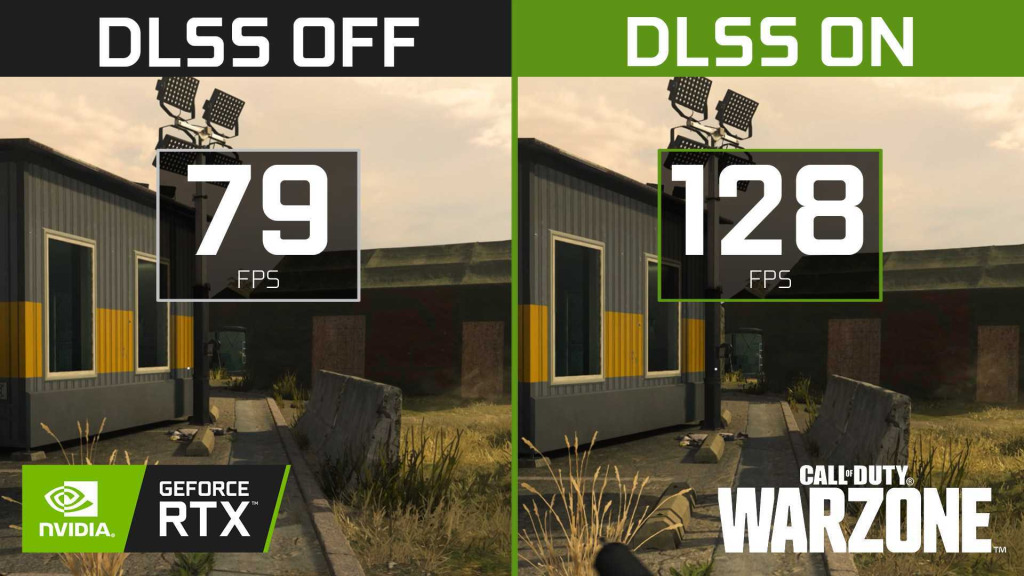
In a recent roundtable discussion with Digital Foundry, Nvidia’s Vice President of Applied Deep Learning Research, Bryan Catanzaro, made a significant claim that native resolution gaming is becoming a thing of the past. Catanzaro emphasized the increasing importance of AI-generated upscaling and rendering, particularly, Nvidia’s DLSS technology. This statement has sparked a debate about the future of graphics in gaming and how AI will play a crucial role in driving advancements.
The Paradigm Shift:
Traditionally, achieving maximum graphical fidelity in gaming has relied on native resolutions and the continuous improvement of graphics hardware. However, Catanzaro argues that as the industry faces diminishing returns from Moore’s Law, brute force methods are no longer sufficient. DLSS, or Deep Learning Super Sampling, employs AI image reconstruction and rendering techniques to enhance graphics fidelity. It is seen as a smarter alternative that overcomes the limitations of gen-on-gen performance improvements.
The Implications in Cyberpunk 2077:
During the discussion, the team from CD Projekt Red lauded the role of DLSS in the development of Cyberpunk 2077. They specifically highlighted how DLSS enabled them to integrate full path-tracing and realistic light simulation in real-time. The game’s visuals were greatly enhanced, producing a more realistic and detailed image compared to traditional rendering techniques. This success story showcases the potential of AI in pushing the boundaries of graphics in gaming.
The Future of Machine Learning in Gaming Graphics:
Catanzaro further contemplates the future of AI in gaming graphics, predicting that DLSS and AI technologies will eventually replace traditional rendering entirely. By leveraging large datasets and machine learning algorithms, game developers can achieve more complex and sophisticated graphical functions. Nvidia’s own demonstrations at NeurIPS 2018, such as a fully AI-rendered driving demo, provide a glimpse into what the future may hold for AI-driven graphics.
Nvidia’s Commitment to DLSS and the Future:
Catanzaro’s statement also highlights Nvidia’s dedication to prioritizing AI performance in future graphics cards. This suggests that DLSS will continue to evolve and be a central component of Nvidia’s technology roadmap. As AI manipulation becomes increasingly integral to the gaming world, it paves the way for enhanced graphical experiences and opens up new possibilities for game developers to push boundaries.
Conclusion:
The shift towards AI-based upscaling and rendering techniques, as exemplified by Nvidia’s DLSS, marks a turning point in the gaming graphics landscape. The reliance on native resolution gaming is diminishing, and AI technologies are taking center stage in enhancing graphics fidelity and performance. While some purists may lament the alleged death of Moore’s Law, the promise of AI-driven graphics brings exciting opportunities for immersion and realism. Nvidia’s commitment to DLSS reaffirms their belief in the potential of AI to shape the future of gaming graphics.
Note: The information provided has been synthesized and paraphrased for the purpose of this blog post.
